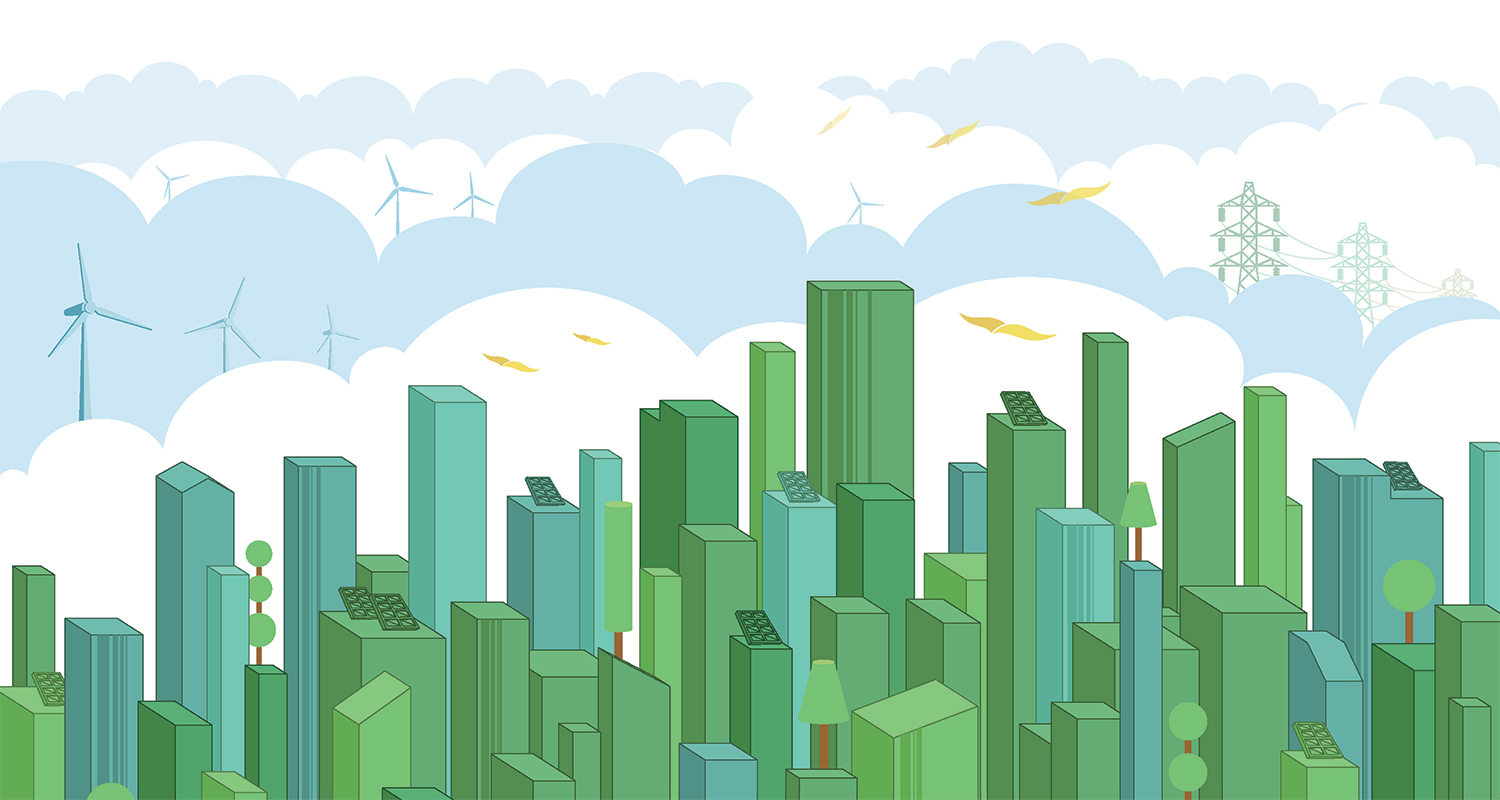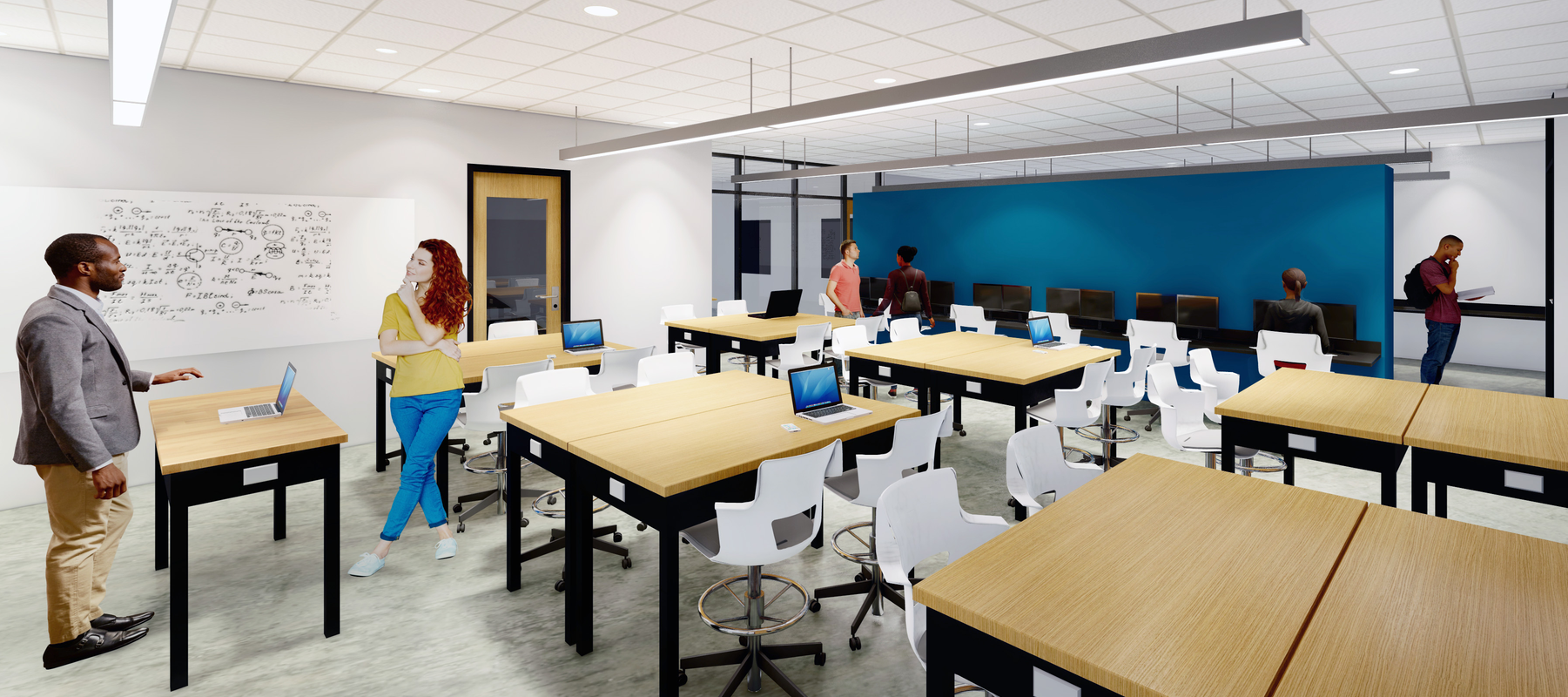While ESG has been a hot topic in Europe for quite some time, more and more business leaders are starting to tune in here in the United States. ESG, which stands for “Environmental, Social, Governance,” represents a lens that investors are using to examine business health and risk management as they make investment decisions. Joining us to dig into this important topic are Kelly Worden from the US Green Building Council, and Phillipe Bernier, Vice President of Strategy, Operations, and Sustainability for JLL Canada.
What is ESG?
In a word, ESG is synonymous with sustainability, but it’s an approach that unpacks the concept a bit more and helps give investors a concrete way to talk about and measure its business impact.
Environmental covers topics including energy, carbon, water, and waste.
Social includes the health and wellbeing of team members and audiences; employee engagement and development; community giving; charitable work; etc.
Governance entails business ethics, reporting, transparency, and policies around corruption.
These seemingly disparate ideas have one common theme: Getting them right means a much higher chance of long-term business success. The opposite is also true. As Philippe explains, “There’s obviously a lot of value attributed to financial performance, which is relatively easy to measure. ESG is the non-financial piece. And these non-financial attributes, the environmental, social, and governance performance of an organization, nevertheless impact the financial performance of an organization. Organizations that think broadly about the ways they engage with the communities they serve, their supply chains, etc. have a better understanding of risks and opportunities, and can ultimately better serve their customers, which makes them a more resilient profitable, long-term business.”
One important clarification is around what ESG is not. Per Kelly, “It’s really important to recognize the difference between ESG and impact investing, and the difference there is in the expected return on investment. Impact investors are knowingly accepting a lower return in exchange for some sort of social benefit, whereas investors are interested in the ESG conversation because they believe that these considerations actually lead to greater returns over time.”
Why ESG and Why Now?
ESG has always mattered, but there’s a reason it’s becoming such a salient point of conversation at the moment. ESG has emerged as a key factor that investors look to when considering risk. “ESG is really a mechanism of internalizing some of the economic externalities associated with environmental, social, and governance-related impacts of business,” says Kelly.
That’s important in every industry, and the fields of real estate, construction, and architecture are no exception. Especially in the last two years, many companies have come to BWBR to talk about the effects of the pandemic, the economy, climate change – and it’s really about risk. A lot of our client conversations are about looking at current risks and future risks (even the unknowns), and addressing ESG goes a long way toward addressing and preparing for those risks.
Kelly agrees: “When you’re creating buildings and infrastructure that are supposed to last for decades into the future, you have to take a forward-thinking approach.” That means looking beyond immediate profit margins and making decisions that will positively impact the business in the next 10, 20, or even 50 years.
An Authentic Approach to ESG
There’s no one-size-fits-all approach to ESG prioritization and implementation, just like there’s no one-size-fits-all approach to architecture and real estate. Philippe says, “Whether it’s bribery and corruption, energy efficiency, carbon emissions, health and safety, these are all topics that nest within ESG. Each organization that we interact with in real estate is slightly different.” Yet there are frameworks that can help businesses home in on their priorities and execute to those priorities efficiently and responsibly, one of which is the Global Reporting Initiative.
He goes on, “There’s a very good process around how to have conversations to identify what’s important to you and everything you work with.” Using frameworks can help distill and clarify an otherwise potentially overwhelming undertaking. It’s worthwhile to have hard conversations up front to ensure that an ESG initiative is true to your organization and its goals and is also realistic to implement. “It’s so important for organizations to undergo a process of understanding their impact and getting clear on how they can have influence in the most meaningful way.”
The word meaningful is critical here. ‘Greenwashing’ has become rampant in recent years, with organizations ostensibly concerned about issues of sustainability but really only in it for the marketing boost. The same concerns extend to health washing and equity washing, says Kelly. Here too, platforms and reporting tools can help cut through the fog and enhance transparency, authenticity, and accountability.
Beyond Certification
LEED and other certifications are becoming ubiquitous in the design and construction industry and can lend an air of authenticity to a project as well as providing design and benchmarking value. And yet, Kelly notes, “certification only tells us so much about what was actually done at a building.” Done properly, ESG reporting lends another layer of granularity. It requires a full understanding– and reporting–of exactly what was done, and how the building is actually performing from an operations perspective.
“That’s a key distinction,” says Phillipe. “What we design and how something actually performs can be quite different, despite best intentions. It’s difficult to simplify something complex, like a building with tenants, into a single rating that actually reflects impact.” There will always be imperfections – even exceptional ESG frameworks and reporting don’t eliminate all missteps and tensions. And yet, committing to a reporting methodology and following through is a big step in the right direction.
Full-Circle Impact
It’s one thing to sell the idea of sustainability, or employee wellness, or business ethics, with all the associated marketing buzz. It’s quite another to infuse it into every aspect of your business. In construction and design, doing so means looking at how spaces will actually be used, and considering elements like accessibility, equity, long-term environmental impact, fiduciary responsibility, the experience of people using the space, and the impact of the space on the larger community.
ESG reporting is theoretically about looking beyond simple profit and loss numbers and examining other, less quantifiable, elements of the business. Yet, by prioritizing those other elements, businesses often find that their traditional business metrics start looking stronger – and doing so in a way that reduces risk and sets them up for long-term success and growth.
Looking to go deeper? Here are some suggested resources:
Videos:
- 5 Questions About Climate Change (TED Talk)
- Our Planet (Netflix)
- Tiny World (Apple TV)
Books:
- Cradle-to-cradle: Remaking the Way We Make Things (McDonough & Braungart)
- Biomimicry: Innovation Inspired by Nature (Benyus)
- Sustainable Energy: Without The Hot Air (Mackay)
- Happy City: Transforming Our Lives Through Urban Design (Montgomergy)
Newsletters:
Websites:
Reports:
- Green Building Principles: The Action PLan for Net-Zero Carbon Buildings (World Economic Forum and JLL)
- Return on Sustainability: How the ‘Value of Green’ Conversation is Growing Up (JLL)
- Valuing Net Zero & ESG for Offices: Global Market Trends and Valuation Methodology (JLL)
- Design for Freedom report
- Green Health Partnership and GRESB Health & Well-being in Real Estate



